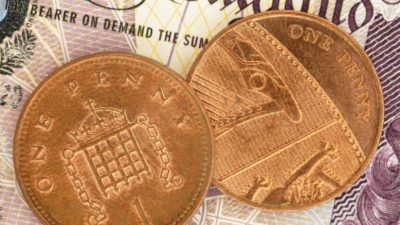A key difference between BHP Billiton (LSE: BLT) (NYSE: BBL.US) and its main London-listed peers, Rio Tinto and Anglo American, is its petroleum division, which accounted for 20% of its revenue and 27% of its earnings in 2012/13.
Nearly half of BHP’s petroleum production comes from its US onshore shale fields, and having looked at BHP’s 2012/13 results, it’s these shale assets that concern me.
The cost of shale
Shale wells have relatively low outputs and short lifespans, compared to conventional wells. This means you need to drill a lot of them, every year, to maintain or grow production from shale fields such as BHP’s Eagle Ford and Permian acreage.
In 2012/13, BHP spent $4.8bn drilling and developing US onshore wells, using around 40 drilling rigs.
Output from BHP’s US onshore fields during the same period was 99.2 million barrels of oil equivalent (mmboe). Using the company’s reported figures and average prices obtained for natural gas and crude production, this equates to around $3.8bn — $1bn less than was spent on drilling and development.
Admittedly some of last year’s capex will bear fruit in the years to come, but the problem with shale wells is that they constantly need to be replenished; BHP is planning to spend a further $3.9bn on its onshore US fields in 2013/14.
Not as easy as it seems
Making a profit from US shale fields isn’t necessarily as easy as it seems. Earlier this year, Royal Dutch Shell recorded a $2.1bn impairment on its US shale assets, which it is trying to sell.
BHP is planning to focus on liquids-rich acreage this year, which should help matters, as oil prices remain fairly high by historical standards. However, even a focus on liquids may not be sufficient — BHP’s sold its oil last year for an average of $106 per barrel. Oil prices have fallen in recent months, and West Texas Intermediate, the US benchmark that’s equivalent to Brent, currently sells for less than $95 per barrel.
Shale isn’t the answer
The $5.7bn profit delivered by BHP’s petroleum division last year was generated by its offshore assets, the majority of which are in the Gulf of Mexico and off the coast of Australia.
In my view, the firm’s foray into shale is diluting the high quality of its offshore petroleum assets, and adding risk that looks unlikely to provide appropriate returns.







